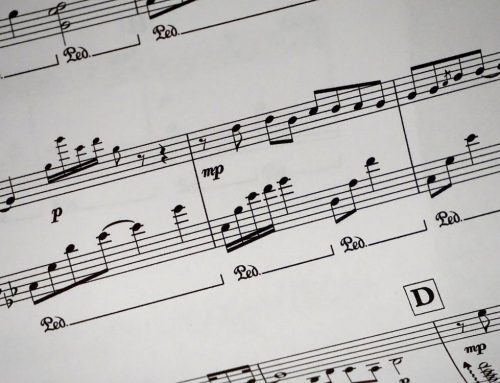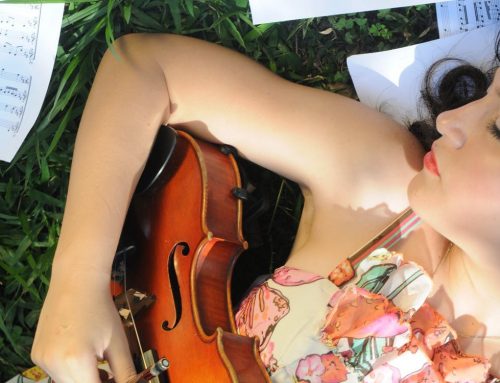While music is a universal language, its written form is something every classical musician must learn. While it’s not compulsory to learn how to read sheet music, it can be very helpful if you’re learning how to play the piano.
Remember that every skill learnt is not a waste, and the same can be said for learning written music. In fact, it can help you further your career as a musician.
In this two-part blog post, we discuss the basics of sheet reading.
Let us begin:
The Basics:
The Staff
Before we get to the advanced part, we first have to cover the basics. You need to first learn from scratch what sheet music is and what’s composed of.
To get a good sense of that, you need to learn what the staff is.
The horizontal lines on a are called a staff. Knowing these basic music symbols is essential.
These are 5 parallel lines. There are spaces between them as well. Both the spaces and the lines are numbered. These are only referencing and are counted from the lowest (bottom) to the top.
The Treble Clef
The first thing you need to do is learn how to read the treble clef. That’s the fancy and cursive, ampersand-like symbol. It’s useful for determining the range of your instrument. vocals and instruments in the higher range always use a treble clef.
- The 5 lines (bottom to top) represent E, G, B, D and F.
- The 4 spaces (bottom to top) represent F, A, C, and E.
If it’s too much to memorize, you can create your own acronyms to remember these notes.
The Base Clef
The base clef, A.K.A the F clef, is used for instruments like the trombone, bass, and piano. These instruments are in the lower registers.
- The 5 lines (from bottom up) are G, B, D, F and A. Make up any acronym you want to remember these lines.
- The 4 spaces are A, C, E and G.
Learning Parts of Notes
All you need to remember is that individualistic notes are made of 3 elements: the note head, the stem and the flag.
The note head: the note head is oval-shaped and when it’s open, it’s white. When it’s closed, it’s black. It’s important because it tells performers which note to play.
The stem: This refers to a thin, vertical line that is connected to the note head. When it’s pointing upwards, it’s pointing to the right side of the note head. When it points downward, it points to the left side of the note head.
The truth is, the direction has no effect on anything but it makes music notation simpler.
The flag: This refers to a curved stroked that is connected to the end of the stem. It doesn’t matter what the direction of the stem is, the flag will always be on the right side.
Tune in for the second part to learn more about reading sheet music.






